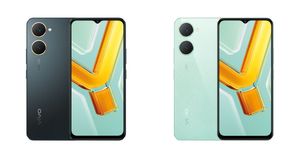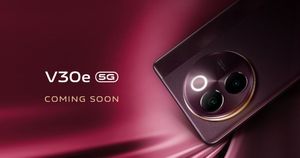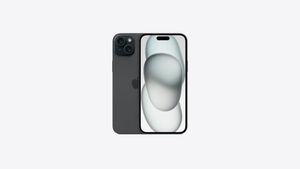
Ulefone is not a brand that comes quickly to mind when you think of Chinese smartphones. One of the reasons for this is because the company does not have a presence at least officially in India, so the only way you can get a hold of their handsets is by importing them from Chinese e-commerce websites. The nice folks from TomTop.com, a budding e-commerce site from China sent Ulefone’s newest battery-centric device, the Ulefone Power 2, our way for review. I used the Ulefone Power 2 as my primary handset for just over two weeks prior to this writing. Read on to find out how the Ulefone Power 2 fared.
Ulefone Power 2: Specifications
- Operating system: Android 7.0
- Processor: MediaTek MTK6750T, Octa-Core 1.5GHz
- Storage: 64GB
- RAM: 4GB
- Screen Size: 5.5 inch, FHD 1920*1080 pixels, Corning Gorilla 3
- Rear camera: 13.0MP
- Front camera: 8.0MP
- Battery: 6050mAh Lithium-ion Polymer, 9V/2A Quick charge
- Standby Time: 1160 Hours
- Fingerprint Scanner
- Connectivity: Micro USB, 3.5mm jack, dual SIM: nano SIM + Nano SIM / SD card, dual standby, 2.4/5GHz 802.11a/b/g/n, Bluetooth 4.0, GPS/Glonass, Gravity Sensor, E-Compass
- Weight: 210 grams
Ulefone Power 2: Design/ Build

Now that you have already had a passing glance at the spec-sheet of the Power 2, you will realize that this is basically a power bank in the garb of a mobile phone. Thanks to the massive 6050 mAh battery, the phone ends up being pretty bulky – weighing in at a hefty 203 grams. The unit we received came in glossy black finish that covered most of the front fascia. The back panel along with the rest of the chassis, however, is matte black. At the front, the Ulefone Power 2 is equipped with a large 5.5-inch Full HD display that also boasts of Corning Gorilla Glass 3 layer for scratch resistance. Below the display you’ll find the Home button that also houses the fingerprint scanner.
The Power 2 has a pretty large bezel, both at the top and the bottom. The handset strangely does not have any capacitive navigation keys next to the Home button, so you need to use on-screen navigation keys for the Back and Recents functions. Thankfully, the onscreen controls are customisable. Above the display, the Ulefone Power 2 gets the front 8-megapixel camera which is flanked by the notification LED. At the centre is the earpiece which we found to be fairly loud. Moving onto the top edge, you’ll find a 3.5mm audio jack for using wired earphones.
The rear panel houses the main 13-megapixel camera which also gets a LED flash for low light shots. The volume control and power buttons are all located on the right-hand side of the device, whereas the hybrid SIM tray (that can hold twin micro-SIM cards or alternatively one SIM and one microSD card) is located on the left-hand side. At the bottom, the handset gets a monoaural speaker and the micro-USB port for connectivity. Thanks to the sheer mass of the handset, it feels extremely sturdy. However, the handset did make a squeak when we attempted to flex it, but it didn’t bend at all. The plastic body also seems very easily susceptible to scratches.
Ulefone Power 2: Display
The Ulefone Power 2 gets a 5.5-inch full HD display. While the manufacturer did not specify the display type, just one look at the handset is enough to figure out that it’s an LCD panel. The display was pretty bright, and sunlight legibility wasn’t an issue for the most part. But having gotten accustomed to the Samsung C7 Pro’s Super AMOLED display before switching over to this phone, it took me some time to get used to the dull colours on this display.
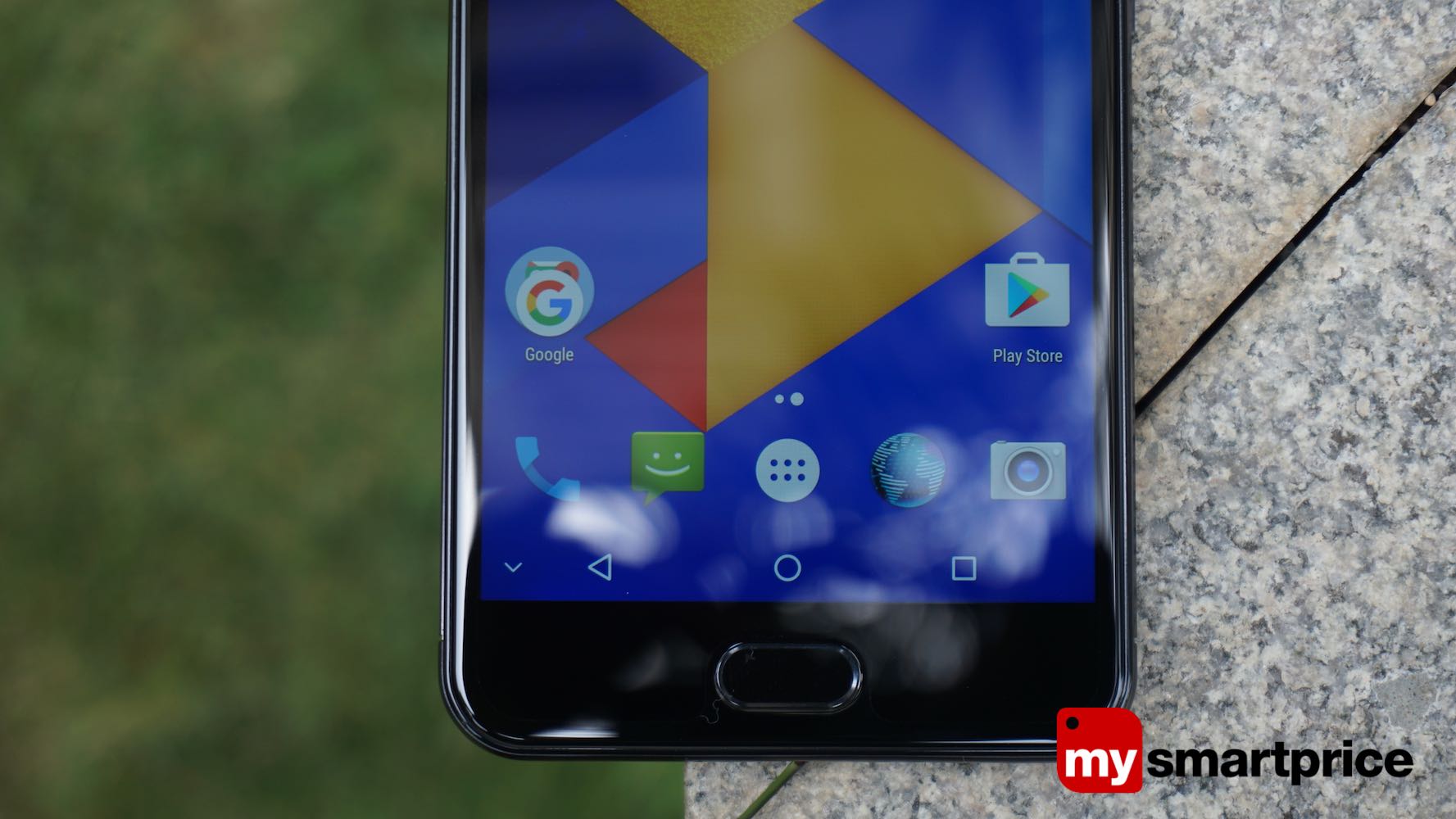
I initially thought that I had simply gotten habituated to the brilliant AMOLED display on the C7 Pro, and was therefore was too harsh on the Ulephone Power 2. However, it was clear after a couple of says that the colours on the Power 2 do look a bit washed out. I compared the same set of photos on both the handsets just to make sure (thanks to Google Photos), and the difference between the two was quite stark. That being said, on some images, I preferred the neutral colours displayed on the Power2.
However, when it comes to images displaying bright colours, the Ulefone Power 2’s inherent dullness just might put you off. Sadly, the phone does not offer different display modes to play around with, and you will need to use third party apps if you wish to do so. The handset does, however, support adaptive brightness, and screencast.
Ulefone Power 2: Hardware and Performance
The Ulefone Power 2 uses the MediaTek MT6750T SoC which happens to be an entry-level chip announced by the company in early 2016. The processor is based on a 28nm manufacturing process and houses an octa-core processor with the Cortex-A53 cores running at 4×1.5GHz and 4x1GHz. The phone gets a decent 4GB of LPDDR3 RAM and ample 64GB of onboard storage. There is also an SD Card slot for those who wish to expand the onboard storage even further. Coming back to the SoC, the Power 2 gets a Mali T860 MP1 GPU, which is quite capable of driving the device’s full HD display. While the official website did say it supports 4G VoLTE, the handset did not offer voice calling facility when I tried using it with a Jio SIM card.
As for performance, even with the stated 4GB of RAM, I faced a lot of UI stutter and lag. The touch sensitivity wasn’t too impressive either, with the handset regularly failing to register input. Ditto for the fingerprint scanner, which wasn’t consistent and worked well sometimes. But there were several instances when it failed to recognise my fingerprints altogether. Moving on to the call quality, the Ulefone Power 2 was satisfactory. The earpiece on the handset was pretty loud and crystal clear, and I did not face any major issue hearing the caller even when I was in in a noisy environment. The bummer was, however, the lack of support for 4G VoLTE bands for India, due to which voice calls on Jio were only possible after I installed the Jio 4G Voice app.
Ulefone Power 2: Battery Life
Thanks to the mammoth 6050 mAh battery powering the phone, battery life was the least of my concern when I started using the Power 2. And true to my expectations, the battery life on the device was exceptional. The phone easily lasts well over two days (and then some more) with a normal usage pattern that includes a few calls, 20 minutes of casual gaming, 30 minutes of social media, and day-long WhatsApp chats. Even with full-fledged usage (at max brightness), the phone will easily last you a day.
The Power 2, therefore, is the perfect phone for long weekend getaways. Even if you happen to be in a remote area with no power source, rest assured because the phone will last you the entire duration. Thanks to support for quick charging, the 6,050 mAh battery charges itself in just over two hours. Needless to say, you will find yourselves charging this phone overnight most of the time. As a secondary phone, the Ulefone lasted an entire week on a single charge! While it might play second fiddle to your primary smartphone in terms of features, the Power 2 has one ace up its sleeve. It can actually charge your primary phone in times of crisis. Ulefone includes a USB OTG cable with the phone for this purpose.
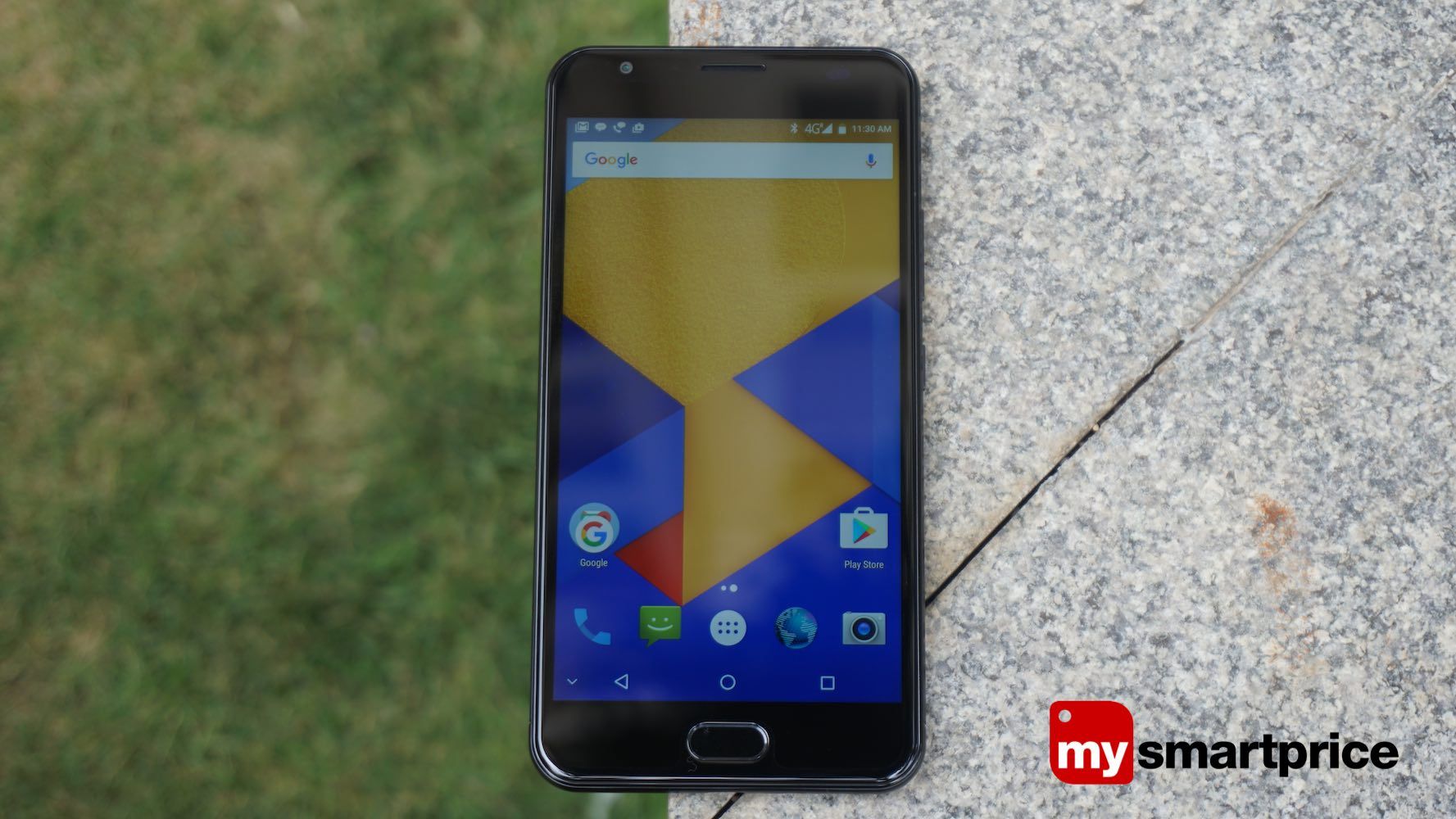
Ulefone Power 2: Software
When I powered on the Ulefone Power 2 for the first time, one of the first things I checked was the software version of the phone. This was because Chinese smartphone vendors are notorious for shipping outdated versions of Android on their smartphones. The Power 2, however, was a pleasant exception. Right out of the box, the handset ran the newest version of Android. In fact, it was even updated twice after I started using the handset. I also hope that it receives a VoLTE update for compatibility with Indian bands in the days to come. Ulefone, like most manufacturers based out of China, has attempted to customize the software on this phone. However, nothing seems to have changed apart from some UI and icon customisation. Now that I have invoked the icons in the discussion, here is a screenshot of the rather jarring icon set that the Power 2 uses.
I am sure there might be several takers for this, but you can count me out. This is in fact outright revolting to my eyes. The sad part is that the this is the only icon pack that the phone ships with, so I found myself frantically searching for new icon packs, just so that I didn’t have to stare at this abomination all day long. Another noteworthy aspect of the Power 2 is that it doesn’t come preloaded with the usual set of Google Apps. Yes, the default ones come installed, but other important ones such as Google Drive and Photos have to be installed separately. One of the interesting apps that the phone came pre-installed with was the Parallel Space app that allows you to run different instances of the same app on the device.
The UI was generally very zippy, but there was some occasional, unpredictable jerkiness. I am not sure if this was a software issue, but as mentioned earlier in the hardware and performance section, the phone failed to respond to touch inputs on several occasions. I am hopeful that Ulefone irons out these issues in subsequent software updates.
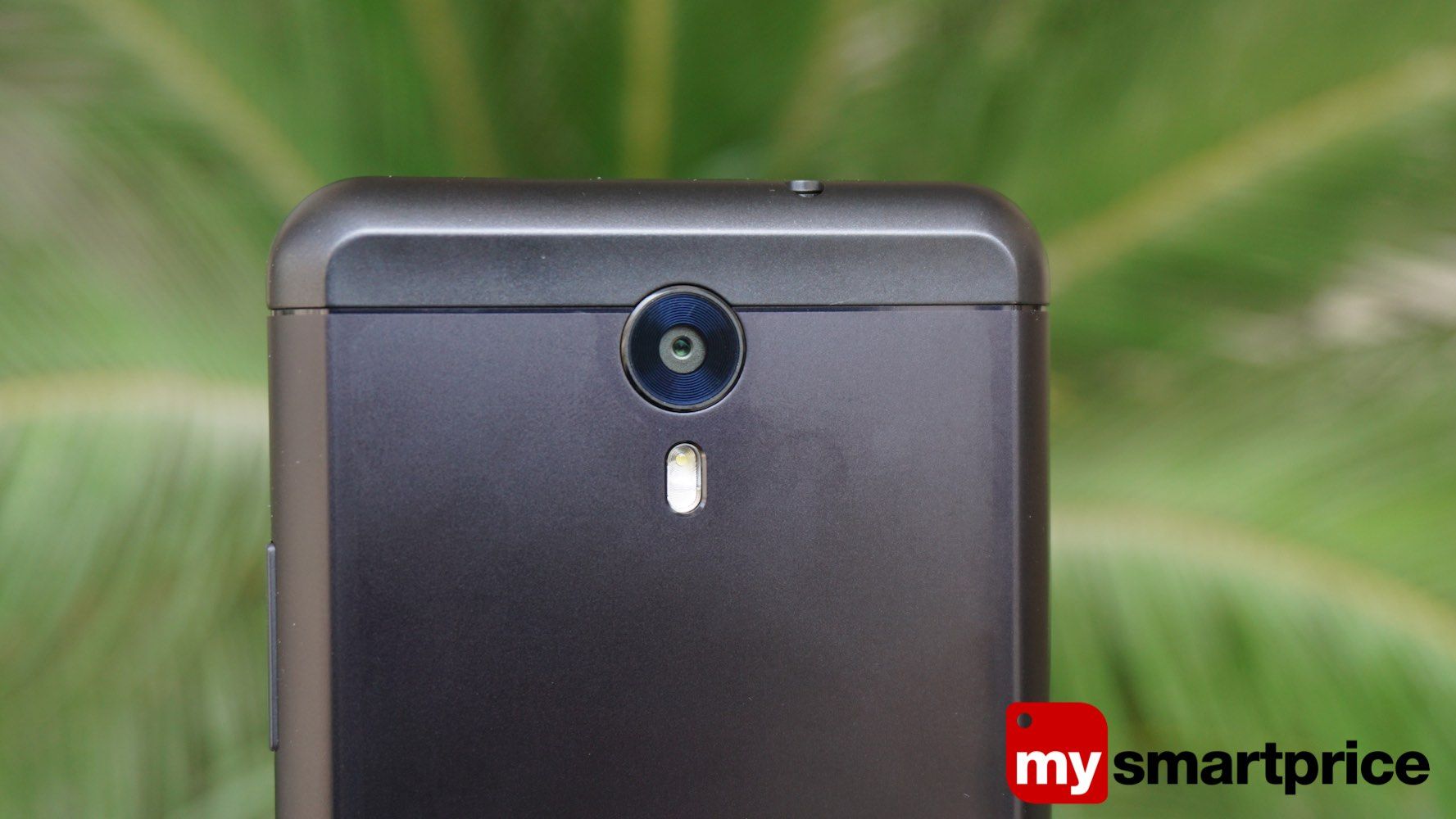
Ulefone Power 2: Camera
Frankly, I didn’t expect the Power 2 to impress with its imaging capabilities, and the phone didn’t throw up any surprises on that front either. The handset gets a 16-megapixel camera at the rear (that actually takes 15-MP shots) and an 8-megapixel front shooter for casual selfies. The camera UI is pretty basic and offers simple customisation options. Here are a few screenshots to that effect.
Images taken using the main camera looked marginally better on the phone display. However, when I looked at the same snaps on my MacBook Pro, there was a noticeable yellowish tinge present in all the images. Photos taken in the auto mode under good lighting condition come out pretty good. However, they do lack detail, and that’s something you would only notice when you preview them on a larger computer display at 100 percent scaling. Low light images are noisy and are best avoided. The front camera is recommended for casual selfies; that too when you have a decent amount of ambient light available.
They say that pictures speak a thousand words, so I’ll stop typing and leave you with this gallery of sample images.
Moving on to video quality, the Power 2 is capable of recording Full HD 1080p videos at 30 frames per second using the primary camera. One of the annoying bits about the camera UI is how the phone doesn’t indicate the resolution at which the video is being recorded. After I had spent some time sleuthing this out the hard way, I figured out the following:
Fine = FHD, High = HD, Medium = VGA, Low = 176×144
As for the front camera, the maximum quality is restricted to VGA resolution. The lower quality setting is set at a nearly unusable resolution of 176×144 pixels.
Ulefone Power 2: Verdict
The Ulefone Power 2 is listed on TomTop for $169.99 as of this writing. That translates to around ₹11,000 without factoring in any custom duties in the event that you import the device into India. Another issue with such imports is the lack of any service centres in India in case you end up damaging the phone. If that wasn’t all, you have a plethora of decently spec’d handsets in India that offer a lot more value for money. These include the likes of the Xiaomi Redmi Note 4 and the Honor 6X. However, if you are the curious kind and have the financial might to spend a tad over 10,000 for a handset that will perform the job of a fairly capable secondary handset, and even charge your gadgets in times of distress, the Ulefone Power 2 might actually prove to be a sensible buy.































